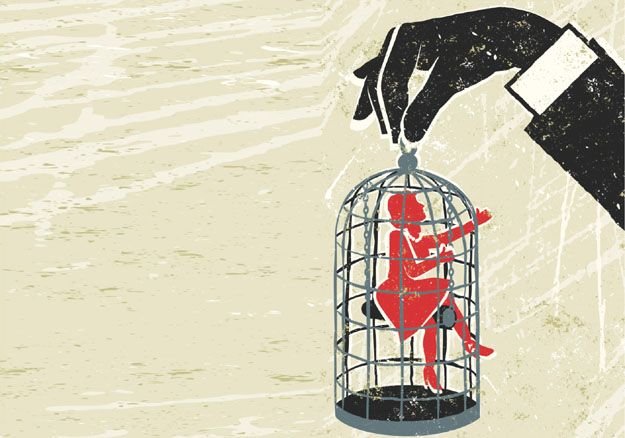
The movement that is taken for granted
Historical development of feminism is divided into several periods. These periods are marked by differences in approach toward empowerment of women. Some periods are characterized by a relative absence of feminist thought, while others by sustained growth of feminist criticism and of activism. This rise and fall of feminist thought over a period of time led to wave analogy. The word ‘wave’ is used to categorize feminism because it illustrates the forward motion and then the resistance or loss of the forward motion of feminist thought and activism. Each wave of feminism pushed forward with progress and change. The result was often a backward motion. In Gender Studies, this is also called backlash. This article sheds light on first-wave feminism.
Basically, the endeavors of ladies in the nineteenth century that prompted the entry of ladies' entitlement to vote in the twentieth century, is regularly alluded to as 'First-wave women's liberation'. Specifically, the French Revolution (1789) is frequently recognized as the watershed when the principal deliberate requests for ladies' rights risen. "Vindication of Rights of Women" by Mary Wollstonecraft (1792) is perceived the first and the significant women's activist treatise. Walby, among others, is of the view that first-wave women's activist development in Britain was instrumental in realizing a change from 'private' to 'open' man centric society through battle for vote, for access to instruction and the decision of calling, to have legitimate privileges of property proprietorship, rights in marriage and separation, et cetera.
In Britain, Industrial Revolution changed the social and monetary appearance of the general public. This additionally brought about the expansion of the established rights to the more extensive area of the general public, particularly to men, which were denied to them in the pre-industrialization period. At the point when ladies saw the expansion of rights to men just, they began requesting similar rights. The most noteworthy women's activist articulations of the period (1750-1850) were immediate reactions to the new bits of enactment allowing men the rights which were not being stretched out to ladies. (Caine 1997:11).
In 1840s, the Britain saw the spread of women's activist thoughts among ladies having a place with the white collar class. Women's liberation as a sorted out development initially rose in the mid-1850s. A little gathering of London-based ladies spearheaded the spread of the development. This early woman's rights fixated on the accompanying issues:
Educational privileges of ladies
Employment right of ladies
Improving legitimate privileges of wedded ladies
It is apropos to comment here that inquiry of suffrage ended up noticeably one of the principle boards of their development when J.S. Factory attempted to get ladies included under the arrangement of the 1867 Reform Act. However by the mid twentieth century, the issue of suffrage came to noticeable quality. It turned into the issue on which open crusading movement was based. The issue of vote joined every women's activist strand into a solitary battle since right of vote was viewed as an instrument to accomplish correspondence on administrative front.